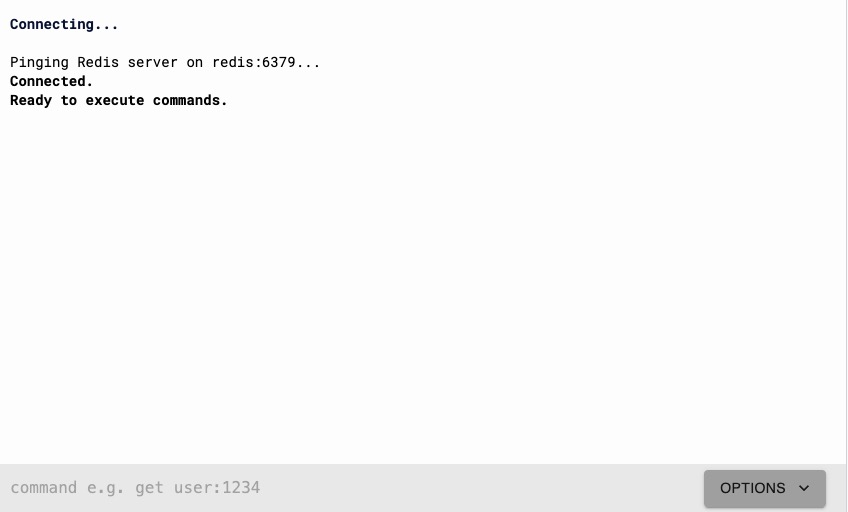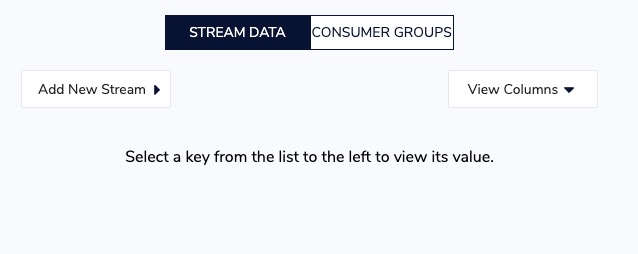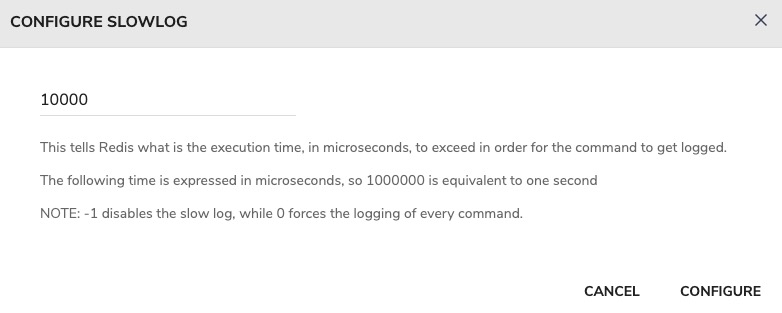Redis is an open source in-memory data structure store that can be used as a database, cache, and message broker. It supports various data structures such as strings, hashes, lists, sets, and sorted sets. It is used in modern web applications, real-time analytics, and other use cases that require fast data access and processing.
Sign in
On your first visit to the site, you will be presented with the login/signup screen.

When your instance is first created, an account is created for you with the email you chose. You can get the password for this account by going to your Elestio dashboard and clicking on the "Show Password" button.
Enter your username and password and click the "Sign in" button.
Adding Redis Database
Database is a separate namespace where keys are stored. It's like a logical partition within the Redis instance. By default, Redis provides 16 databases (indexed from 0 to 15) and you can switch between these databases using the SELECT command followed by the database index. Each database provides a separate space for keys, meaning the same key can exist in multiple databases with different values. It's important to note that these databases are not isolated and do not provide the same level of separation as databases in traditional relational database systems.

Redis CLI
CLI in Redis stands for Command Line Interface. It's a text-based interface that allows you to interact with Redis server using commands. The Redis CLI, accessed using the redis-cli command in the terminal, is a simple program that allows you to send commands to Redis, and read the replies sent by the server, directly from the terminal. It's a convenient tool for managing Redis databases, testing commands, and debugging. The CLI provides a way to interact with Redis without the need for a graphical user interface. It can be used for a wide range of tasks, from simple key-value operations to complex data manipulation.

Database Summary
The database summary in Redis typically provides an overview of the current state of the database. It can include information such as the total number of keys, memory usage, number of clients connected, and other key metrics. This summary can be useful for monitoring the health and performance of the Redis database. It provides a quick snapshot of the database's status and can help identify potential issues or bottlenecks. The summary screen is designed to provide a high-level view of the database's key metrics and performance indicators. It can be used to quickly assess the database's status and make informed decisions about its management and optimization.

Export Connections
Export in Redis allows you to export the data from your Redis database. This can be useful for backup purposes, migrating data to a new server, or sharing data with other systems. The exported data is in a format that can be easily imported back into Redis or another compatible system. The exact process and options for exporting data can vary depending on the Redis client or tool you are using. Exporting data from Redis can be a critical part of managing your database and ensuring the safety and integrity of your data. It provides a way to create backups and move data between systems, which can be essential for maintaining the health and reliability of your Redis database.

Client List
Client List in Redis is a command that returns information and statistics about all the client connections to the Redis server. You can get a detailed overview of each client connection, including the client's IP address and port, the number of commands processed, the idle time, and other useful information. This can be helpful for monitoring and debugging client connections to the Redis server. The client list screen is designed to provide a comprehensive view of all the client connections to the Redis server. It can be used to identify and troubleshoot issues with client connections, monitor client activity, and optimize the performance of the Redis server.

Streams
Streams in Redis are a type of data structure that provide a log of messages. They are similar to a message queue, but with several additional features. Streams allow multiple producers and multiple consumers to send and receive messages. Each message in a stream is assigned a unique ID, and messages are stored in the order they are added. Streams support a variety of operations, such as appending new messages, reading messages, and removing messages. They are particularly useful for building real-time data processing systems. The streams screen in Redis provides a way to manage and interact with streams. It can be used to create, read, and manage streams, as well as perform various operations on the messages within the streams.

Configuring Slowlog
The Slowlog in Redis is a system that logs queries that exceed a specified execution time. The slow log is not logged in the usual Redis log file, but is instead kept in memory. Each entry provides details such as the unique identifier, the timestamp when the command was processed, the execution time in microseconds, and the command and its arguments. This feature is useful for identifying commands that are causing performance issues. The slowlog screen in Redis provides a way to view and manage the slow log. It can be used to monitor and analyze slow queries, identify performance bottlenecks, and optimize the performance of the Redis server.
